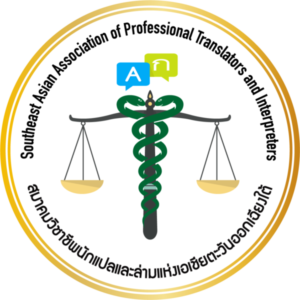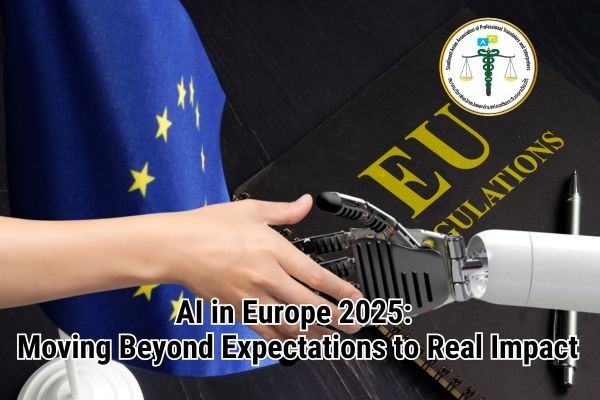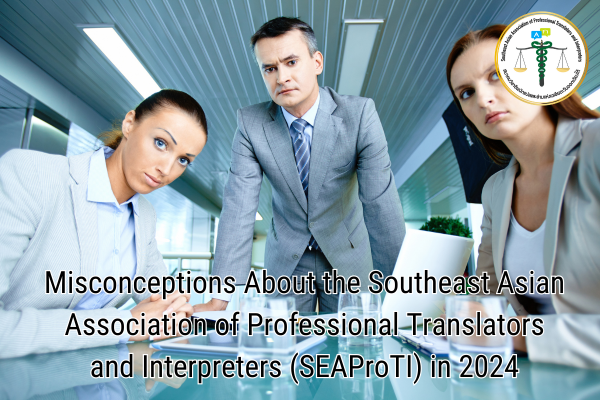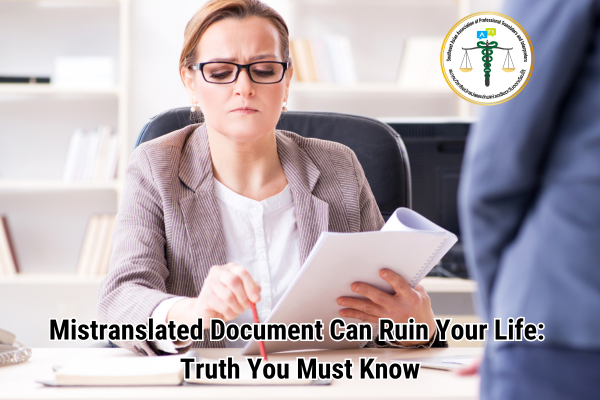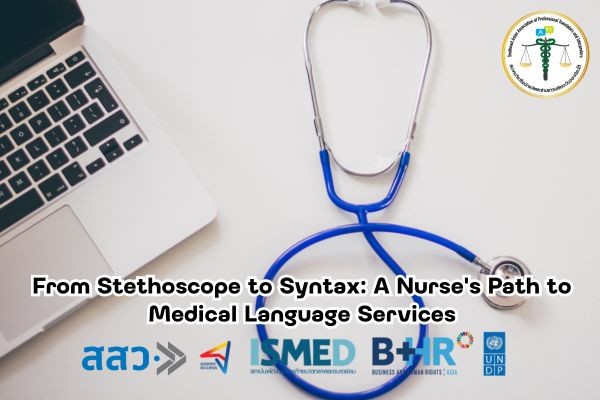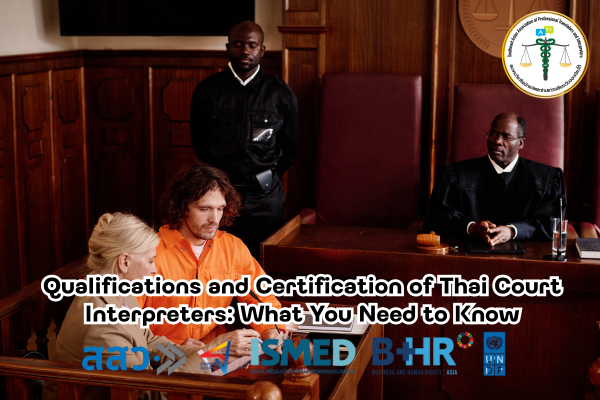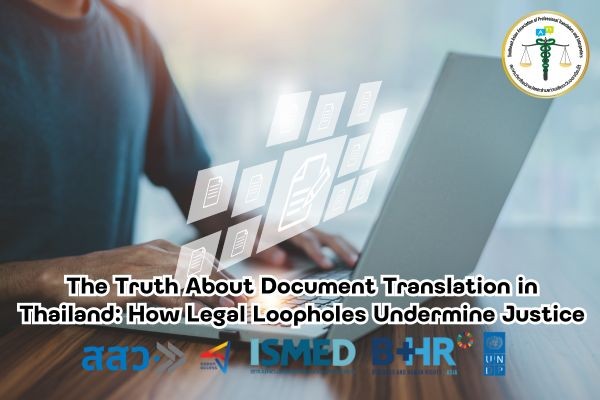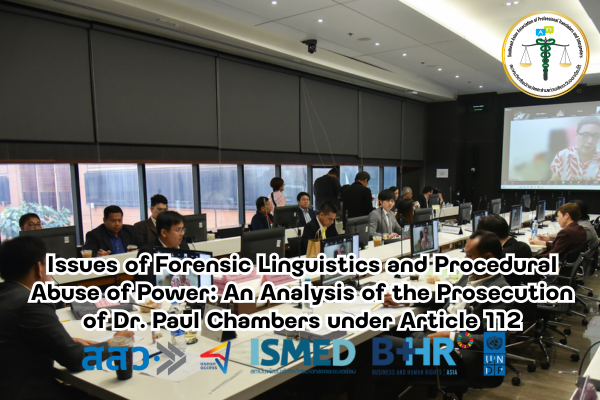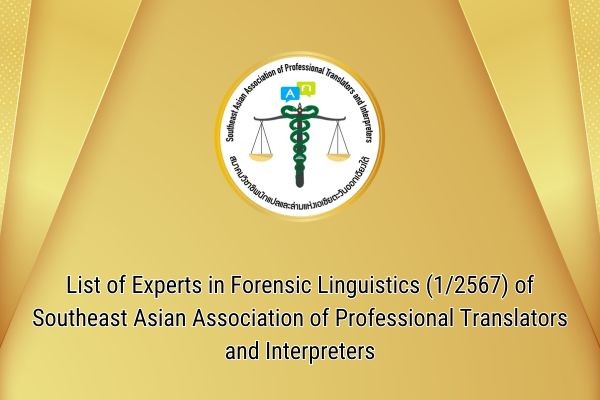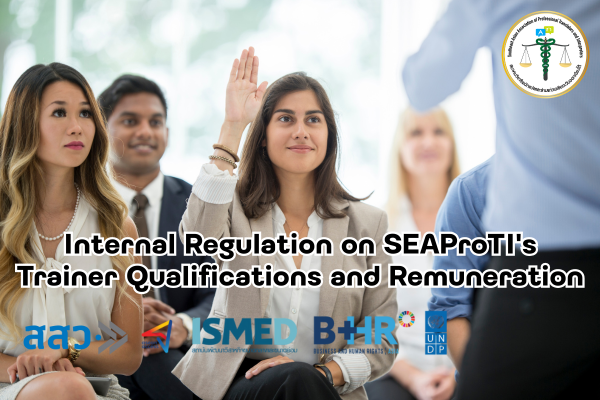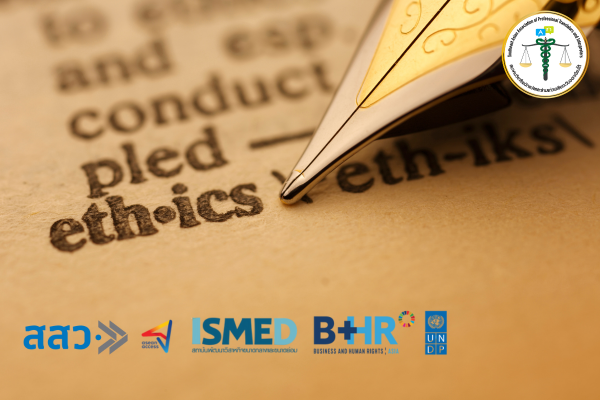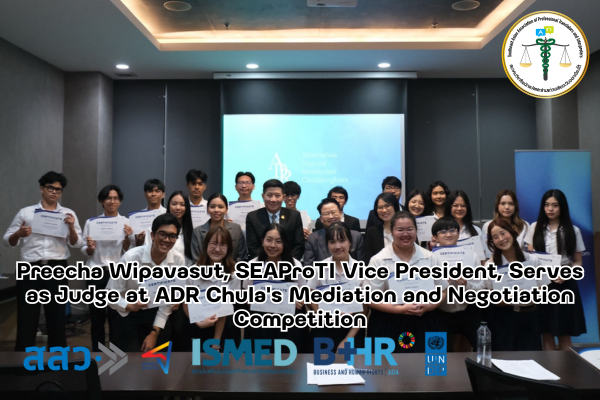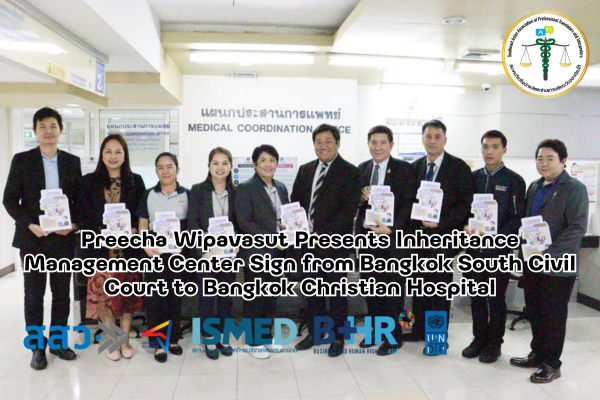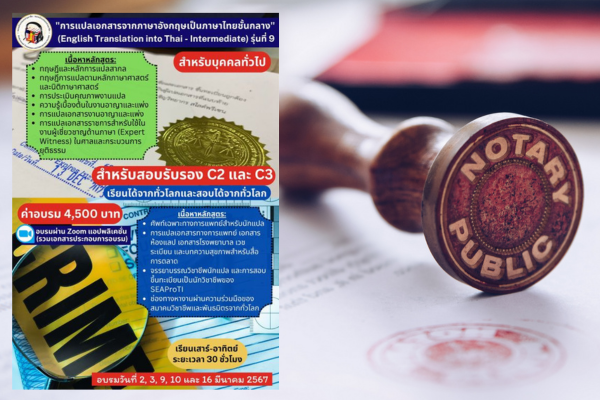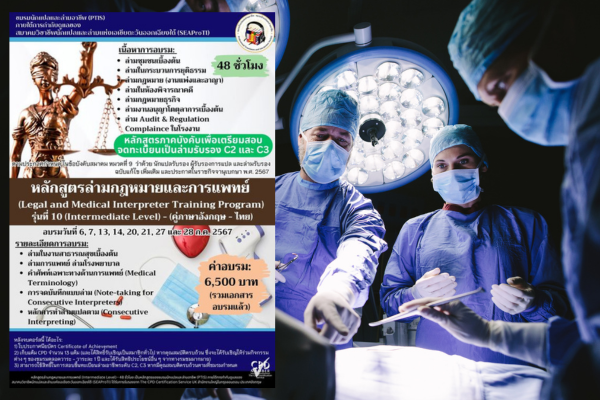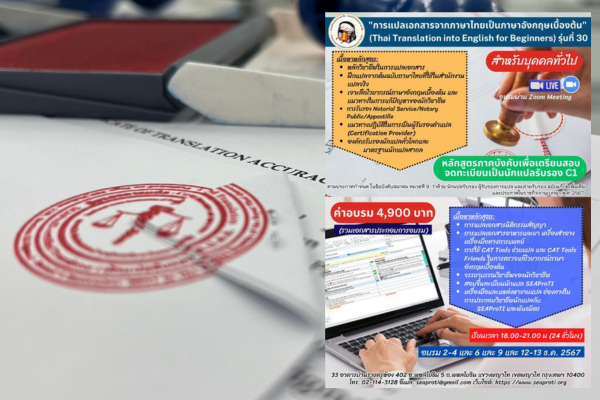AI in Europe 2025: Moving Beyond Expectations to Real Impact
22 March 2025, Bangkok – European businesses are no longer debating the theoretical potential of AI; they’ve entered a critical phase marked by practical implementation and tangible returns. AI adoption in Europe has evolved along Gartner’s hype cycle:
- Peak of Inflated Expectations: Sparked by breakthroughs like ChatGPT in late 2022.
- Trough of Disillusionment: Challenges of integration, practical limitations, and slower-than-expected results faced throughout 2023.
- Slope of Enlightenment (2025): A growing number of European businesses now achieve realistic and impactful AI implementations, creating a significant divide between market leaders and laggards.
Current AI Adoption Trends in Europe (2025):
- 42% of European businesses regularly use AI (up from 33% in 2023) (AWS, 2025).
- 13.5% of EU enterprises (with 10+ employees) adopted AI (up from 8.0% in 2023) (Eurostat, 2024).
- By the end of 2025, over two-thirds of European businesses are projected to integrate AI software (Finch Capital projection), though this may be ambitious compared to Eurostat’s data.
- 74% of European companies have started AI projects, but only 14% report significant value generation (Lleverage, 2025).
- 26% of companies still have no AI adoption at all.
Competitive Gap in AI Outcomes:
While over 90% of European businesses using AI report improvements in revenue or productivity (AWS), significant value creation is highly concentrated:
- Only 4% of companies capture substantial AI benefits (BCG, 2024).
- Just 22% achieve value beyond proof-of-concept.
Startups outperform large enterprises in strategic AI adoption:
- 68% of startups versus 53% of large enterprises utilize AI.
- Startups use AI more strategically to create new products (37% vs. 13%) and drive innovation (42% vs. 17%).
Strategic Implications for Businesses in 2025:
The decisive question now isn’t whether to adopt AI but how strategically and extensively it is integrated. The widening divide between AI leaders (the top 4%) and laggards underscores the urgency of immediate action:
- Businesses that strategically leverage AI will secure lasting competitive advantages.
- Companies delaying or superficially implementing AI risk being permanently disadvantaged.
Key Takeaway:
European companies reach a decisive moment in their evolution during 2025. Organizations need to strategically embed deep and practical AI solutions in their operations because it has become a competitive requirement rather than an optional strategy. The evidence demonstrates that leaders who embrace AI integration successfully create a competitive gap between themselves and companies that show hesitation or only superficial engagement with AI.
Your organization must focus on practical implementation rather than staying in the realm of theoretical potential.
What level of strategic AI integration exists within your business operations to establish leadership rather than follow market trends?
SEAProTI’s certified translators, translation certification providers, and certified interpreters:
The Southeast Asian Association of Professional Translators and Interpreters (SEAProTI) has officially announced the criteria and qualifications for individuals to register as “Certified Translators,” “Translation Certification Providers,” and “Certified Interpreters” under the association’s regulations. These guidelines are detailed in Sections 9 and 10 of the Royal Thai Government Gazette, issued by the Secretariat of the Cabinet under the Office of the Prime Minister of the Kingdom of Thailand, dated July 25, 2024, Volume 141, Part 66 Ng, Page 100.
To read the full publication, visit the Royal Thai Government Gazette
การใช้ AI ในธุรกิจยุโรป ปี 2025: จากความตื่นเต้นสู่ผลลัพธ์ที่จับต้องได้
22 มีนาคม 2568, กรุงเทพมหานคร – ปี 2025 ธุรกิจในยุโรปได้เดินทางผ่านยุคของการพูดคุยเชิงทฤษฎีเกี่ยวกับศักยภาพของปัญญาประดิษฐ์ (AI) มาสู่ช่วงเวลาแห่งการนำไปใช้งานจริงและเห็นผลชัดเจนมากขึ้น บริษัทต่างๆ ไม่ได้มอง AI เป็นแค่เทคโนโลยีที่มีศักยภาพ แต่เริ่มเห็นประโยชน์ที่เป็นรูปธรรมจากการนำ AI ไปประยุกต์ใช้จริงในกระบวนการธุรกิจ
จากข้อมูลของ AWS (Amazon Web Services) ในรายงานล่าสุด “Unlocking Europe’s AI Potential 2025” พบว่าประมาณ 42% ของธุรกิจยุโรปได้นำ AI มาใช้อย่างสม่ำเสมอ เพิ่มขึ้นอย่างมีนัยสำคัญจาก 33% ในปี 2023 ขณะที่ Eurostat รายงานว่าในปี 2024 บริษัทในสหภาพยุโรปที่มีพนักงานมากกว่า 10 คน มีการใช้งานเทคโนโลยี AI อยู่ที่ 13.5% เพิ่มขึ้นจาก 8% ในปี 2023 สะท้อนแนวโน้มการเติบโตที่ชัดเจน
อย่างไรก็ตาม แม้ธุรกิจจำนวนมากเริ่มต้นโครงการ AI ไปแล้ว แต่การเปลี่ยนจากการทดลองไปสู่การสร้างมูลค่าทางธุรกิจยังคงเป็นความท้าทายสำคัญ รายงานจาก Lleverage เปิดเผยว่า 74% ของบริษัทในยุโรปเริ่มมีโครงการที่เกี่ยวข้องกับ AI แต่มีเพียง 14% เท่านั้นที่รายงานว่า AI สามารถสร้างมูลค่าที่ชัดเจนต่อธุรกิจของตนเอง
การศึกษาของ Boston Consulting Group (BCG) ชี้ให้เห็นว่า แม้กว่า 90% ของบริษัทที่ใช้ AI จะเห็นการปรับปรุงในด้านรายได้หรือประสิทธ์ภาพ แต่มีเพียง 4% เท่านั้นที่สามารถเก็บเกี่ยวประโยชน์จาก AI ได้อย่างเต็มที่ และเพียง 22% ที่สามารถสร้างมูลค่าได้มากกว่าการทดลองทั่วไป ข้อมูลนี้แสดงให้เห็นถึงช่องว่างขนาดใหญ่ระหว่างผู้นำตลาดที่สามารถใช้ AI ได้อย่างมีกลยุทธ์ กับบริษัทอื่นๆ ที่ยังไม่สามารถก้าวข้ามการใช้งานเบื้องต้นไปได้
ที่น่าสนใจคือ บริษัทสตาร์ทอัพในยุโรปกลับนำหน้าองค์กรขนาดใหญ่ในการนำ AI มาใช้อย่างมีกลยุทธ์ โดย 68% ของสตาร์ทอัพมีการใช้ AI เทียบกับ 53% ในองค์กรขนาดใหญ่ และสตาร์ทอัพยังเน้นการใช้ AI เพื่อสร้างผลิตภัณฑ์ใหม่ (37% เทียบกับ 13%) และขับเคลื่อนนวัตกรรมในธุรกิจ (42% เทียบกับ 17%)
บทสรุปสำคัญในปี 2025 คือ AI ไม่ได้เป็นเพียงเครื่องมือทางเลือก แต่กลายเป็นสิ่งจำเป็นที่องค์กรต้องใช้เพื่อสร้างความได้เปรียบทางการแข่งขัน บริษัทที่เลือกเดินหน้าอย่างจริงจังและมีกลยุทธ์จะสามารถก้าวสู่ตำแหน่งผู้นำของตลาดได้อย่างรวดเร็ว ขณะที่องค์กรที่ยังลังเลหรือใช้ AI อย่างผิวเผินจะตกอยู่ในภาวะล้าหลัง และเผชิญกับความยากลำบากในการแข่งขันในอนาคตอันใกล้นี้
คำถามสำคัญสำหรับทุกองค์กรในยุโรปตอนนี้ คือ คุณกำลังวางตำแหน่งองค์กรของคุณเป็นผู้นำ หรือผู้ตามในโลกที่ขับเคลื่อนด้วย AI
เกี่ยวกับนักแปลรับรอง ผู้รับรองการแปล และล่ามรับรองของสมาคมวิชาชีพนักแปลและล่ามแห่งเอเชียตะวันออกเฉียงใต้
สมาคมวิชาชีพนักแปลและล่ามแห่งเอเชียตะวันออกเฉียงใต้ (SEAProTI) ได้ประกาศหลักเกณฑ์และคุณสมบัติผู้ที่ขึ้นทะเบียนเป็น “นักแปลรับรอง (Certified Translators) และผู้รับรองการแปล (Translation Certification Providers) และล่ามรับรอง (Certified Interpreters)” ของสมาคม หมวดที่ 9 และหมวดที่ 10 ในราชกิจจานุเบกษา ของสำนักเลขาธิการคณะรัฐมนตรี ในสำนักนายกรัฐมนตรี แห่งราชอาณาจักรไทย ลงวันที่ 25 ก.ค. 2567 เล่มที่ 141 ตอนที่ 66 ง หน้า 100 อ่านฉบับเต็มได้ที่: นักแปลรับรอง ผู้รับรองการแปล และล่ามรับรอง

